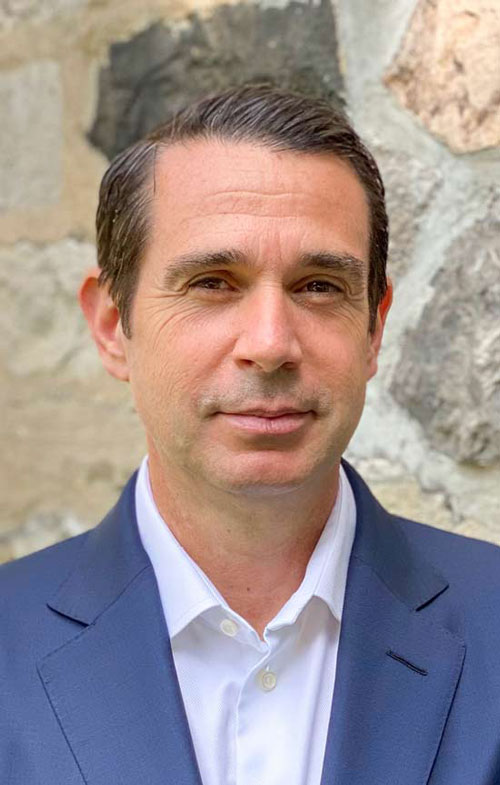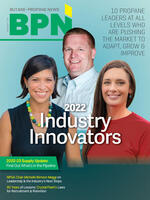 "The way I got into the industry was almost by accident,” says Andre Boulay. “I was just looking for products to add to our network.” At the time, Boulay owned Tag Tracking, a stolen vehicle tracking company that utilized IoT devices. In 2010, a childhood friend approached him about deploying a private network of towers connected to stolen recovery products and other types of tracking devices.
"The way I got into the industry was almost by accident,” says Andre Boulay. “I was just looking for products to add to our network.” At the time, Boulay owned Tag Tracking, a stolen vehicle tracking company that utilized IoT devices. In 2010, a childhood friend approached him about deploying a private network of towers connected to stolen recovery products and other types of tracking devices.
“I wasn’t so interested in tracking anymore after having spent a lot of time in it. So, I focused on other products we could bring to market using these towers,” says Boulay.
And, thus, Otodata stepped into the propane industry with its first tank monitor, manufactured in 2010 and operated on a private network in Eastern Canada. Propane and fuel monitors quickly became the company’s most successful product.
“When we did market monitoring, customers were saying, ‘I wish we could monitor every tank, but I can’t afford to pay $400-$500 for the technology and $50 a month for the monitor.’ Others were saying, ‘We love the monitor software and application, but we need service across Canada and in the U.S.’”
Boulay saw a need, a solution and an opportunity: he and his partner designed a version of the monitor that would operate on cellular network, allowing them to expand without having to build new infrastructure and greatly decreasing customer cost while also increasing efficiency.
Still, Otodata estimates there are 10 million liquefied petroleum gas (LPG) tanks, but less than 2.5 million are actually being monitored. In general, says Boulay, the industry is doing only 20%-30% of the tank monitoring it should be. But it varies widely from company to company. And the customers who have been monitoring well are now more alert and knowledgeable, so they expect data and intelligence on their consumption. Boulay is now focusing his efforts in advancing existing meters to give customers access to more diverse consumption data.
A typical day for Boulay? “I am very involved in research and development, though I have a director and team of 30, and I also work very closely with the sales team. So, I spend most of my day working on sales design and product design,” he says.
This type of collaboration echoes across the industry he loves. “The association work and collaboration between friendly competitors in the LPG industry is the likes of which I’ve never seen elsewhere professionally. No matter the state of the industry itself, world conflicts, inflation, labor shortages, etc., we huddle together and get through things fairly easily.”
To see all of this year's finalists, click here.


